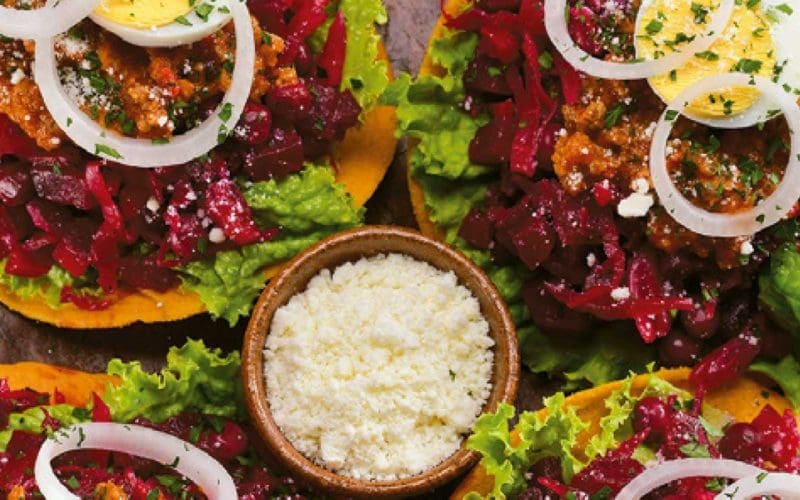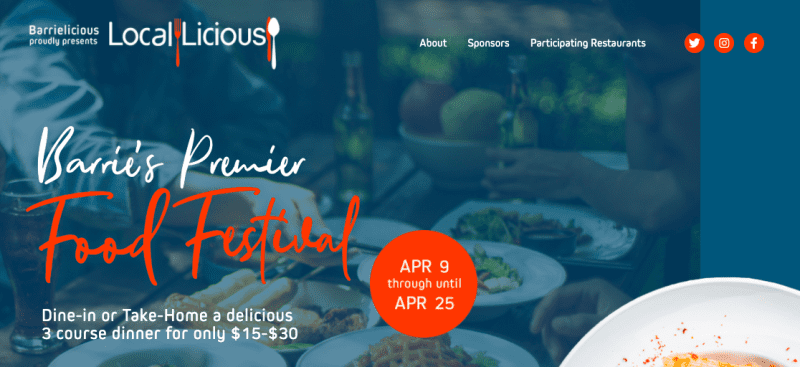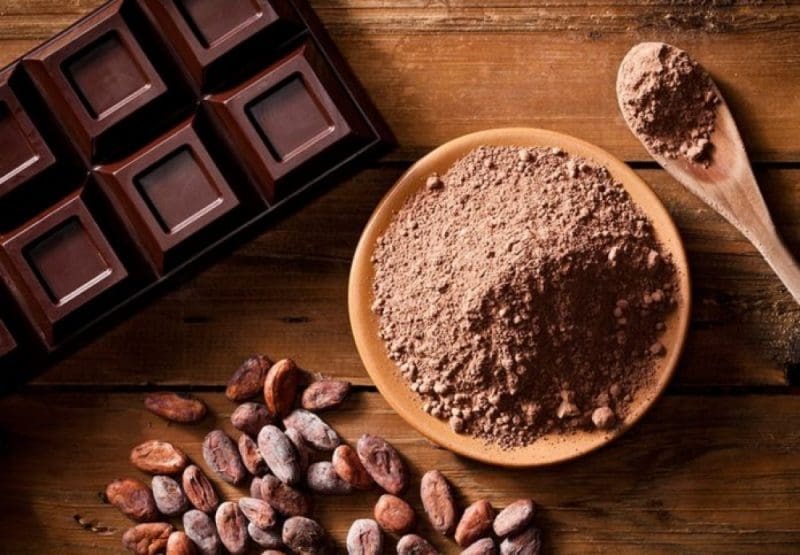Food for thought around the world
By: Ian Stalker Photo: Pacari
It’s no secret that tourists are often eager to savour the flavour of the countries they visit and so Travel Courier has found some interesting culinary experiences that await travellers. Enjoy!

Old and New World Culinary influences meet head-on in Guatemala.
The cuisine of the diverse country of more than 360 microclimates is a fusion between Mayan and Spanish cooking, which makes Guatemala a gastronomic touristic destination.
“Many current culinary conditions originated more than 2,000 years ago, which provides further proof of the continuity of Mayan culture in our society. Therefore, it should not surprise us that the eating habits of our daily lives are part of our Guatemalan natural and cultural heritage,” says Guatemalan tourism board INGUAT.
The Mayan influence remains very visible in Guatemala, with Mayan clothes still seen and archeological sites being home to imposing temples.
For many Guatemalans, corn is the basis for the preparation of several foods, such as “tortillas,” “tamales,” and “chuchitos.”
“Corn has always been one of the central elements in the Mayan worldview since it is a symbol of creation, food, life and continuity of the human being. Therefore, it constitutes one of the pillars of the Mayan religion,” INGUAT states.
Guatemalan food and drink products that can be found in the seven tourist regions of the country have achieved international recognition, such as “designation of origin” honours for rums and coffee.
The best way to get to know Guatemala and its cuisine is to explore its gastronomy through the seven regions, such as: The Chirripeco Tea tour in Alta Verapaz, the rum tour in Quetzaltenango, the avocado tour, the coffee tour, the macadamia tour and the chocolate tour in La Antigua Guatemala, the regional food tour in Xela and the market tour in Antigua Guatemala, INGUAT adds.

Barrielicious is back!
Beginning April 9, the Barrie, Ont., food festival will run 17 days, bringing foodies “the longest-ever Barrielicious event. This means more time to explore the incredible menus and more time to support local, independent restaurants. Showcasing these restaurants and their incredibly talented chefs has always been the mission of Barrielicious and this year is no different,” organizers say.
The event is a partnership with the Downtown Barrie Business Association (BIA), the City of Barrie and Tourism Barrie. This year’s event will further support local, independent restaurants as they continue to adapt to the COVID-19 pandemic.
“We are very excited to finally kick off another edition of the festival. It’s time to let everyone know that it is safe to support our local restaurants and to get back out and dine! We can’t wait for the Local Foodie buzz to happen again. We are very thankful to the Downtown Barrie BIA, the City of Barrie and Tourism Barrie for providing us with the support and means to make this happen,” commented chef Randy Feltis.
Special prix fixe Barrielicious menus will be offered at each participating restaurant with the choice of dining in or takeout. Menus generally include an appetizer, soup or salad with an entrée and dessert.
Barrielicious has become such a success that this year, the event presents LocalLicious, an extension of the event that will include restaurants in Barrie and surrounding areas. While this year’s event is set to move forward on April 9, dining experiences may vary depending on applicable provincial health and safety restrictions for Simcoe-Muskoka. Limited indoor dining (and perhaps even outdoor patio dining) will be available during the event. All restaurants participating in Barrielicious will be following mandated health and safety protocols.
For more information, head to Barrielicious.ca.

Those with a sweet tooth will clearly be in their element in Quito, with the Ecuadorian capital clearly making its mark in chocolate production.
“Quito is a paradise for chocolate lovers, as some of the best and finest chocolates in the world are made in the capital of Ecuador,” the city’s tourist board states.
Ecuador is premier producer of the fine aroma cacao in the world, accounting 63% of the fine aroma cacao used in gourmet chocolates worldwide, with the tourist oard reporting that, “It is a unique variety with a particular floral and fruity flavours, those that evoke plums, raisins, blackberries, nuts, caramel, honey, sugar cane, jasmine, violets among other exotic flavours, and it is used to produce premium quality chocolate.”
Quito is home to factories that ship these chocolates to more than 50 countries, around the world.
The Ecuadorian capital has different “cacao tours”, where visitors can get to know the history of the cacao, taste aromatic and delicious chocolates and understand the production process, and see small-scale farms where cacao is obtained.

Tourism authorities also suggest chocolate enthusiasts visit Pacari, as Pacari chocolates are 100% organic and premium quality. They are exported to more than 40 countries and have won more than 207 national and international awards.
The Pacari experience begins with a trip to Archidona, in Napo province, an Amazonian town two hours and 45 minutes from Quito. There, in the community of Santa Rita, visitors will see the process of harvesting Cacao Arriba, and witness how each organic cacao bean goes through a careful fermentation and drying process.
The aromatic tour includes the observation of the culture and traditions of the Kichwa community, visitors can admire the beautiful landscapes and taste the local cuisine.
For those who prefer to stay in the cosmopolitan atmosphere of Quito, Pacari also offers chocolate tastings at their “Casa de Experiencias.” The tasting includes the sampling of pure dark chocolate bars and others that contain original Ecuadorean flavours.
“The chocolate capital is open to the world, full of flavour, sweetness, and sensuality. In this journey of sensations visitor will learn, and take with them, the history of the Ecuadorian chocolate that dates back over 5,300 years and in the 21st century Ecuador has become a leader in the chocolate industry,” tourism authorities add.

















